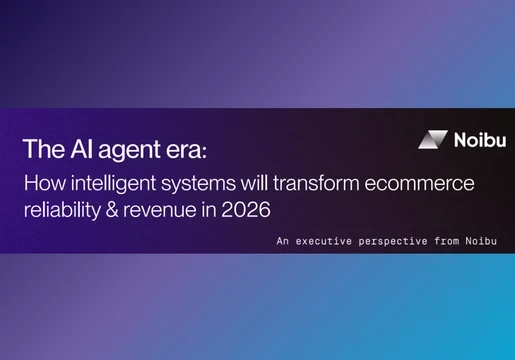Knowing where your cloud costs are going why can be an almost impossible task without the right software.
According to PwC’s Cloud Business Survey, just under half of business leaders cite measuring value as a major barrier to achieving cloud ROI despite 59% of their organisations using over three tools to manage and optimize their cloud.
The problem is that organisations that only use cloud-native technologies – such as microservices, containers and Kubernetes – don’t have full visibility into their costs, leading to overspending and mismanagement of company assets.
Cloud cost management has become an essential tool for organizations looking to gain insight into cloud resource usage, and budgets allocated to cloud services.

What is cloud cost management?
Cloud Cost Management is the practice of optimizing the cost of cloud services by identifying and eliminating unnecessary expenses, improving resource utilization, and negotiating favourable pricing terms.

As businesses increasingly rely on cloud computing to support their operations, effective cost management becomes crucial to maintain profitability and maximize the value of their cloud investments.
Implementing strategies such as resource optimization, cost allocation, and utilizing cloud cost management tools enables organizations to achieve significant savings and optimize their cloud investments.
What are cloud cost management tools?
Cloud Cost Management Tools are software applications designed to help organizations track, analyze, and optimize their cloud spending. These tools provide visibility into cloud consumption by tracking usage across different departments, services, and projects.
They also help companies identify areas of overspending, unused resources, and opportunities for cost savings, offering detailed insights and reports to help organizations manage their cloud costs.

Beyond simple monitoring, cloud cost management tools often include automation features that enable organizations to optimize their spending in real time.
For example, they may automatically scale down unused resources, suggest more cost-effective service plans, or alert teams to unusual spending patterns.
These tools also provide forecasting capabilities that help businesses anticipate future expenses and budget accordingly. By implementing cloud cost management tools, organizations can improve their financial efficiency, allocate resources more effectively, and ensure that their cloud strategy aligns with their overall business objectives.
Features of cloud cost management tools
1. Cost Visibility and Transparency
Cloud cost management tools provide detailed insights into how resources are being utilized across various cloud services and departments. This visibility allows organizations to track where their money is going and better understand their consumption patterns. It helps businesses avoid unexpected charges and identify areas where costs can be reduced.
2. Cost Optimization
These tools often come with features that identify inefficiencies, such as underutilized resources, idle instances, or over-provisioned services. By optimizing resource allocation and usage, companies can reduce wastage and lower overall cloud spending. Some tools even offer automated recommendations or real-time adjustments to ensure optimal performance at the lowest cost.
3. Budgeting and Forecasting
Cloud cost management software enables organizations to set budgets, track spending against these budgets, and forecast future cloud expenses based on current usage trends. This helps finance teams plan better and allocate funds more accurately, avoiding budget overruns and ensuring that resources are available for critical operations.
4. Automated Alerts and Monitoring
Many tools include real-time alerts that notify teams when spending exceeds predefined thresholds or when usage patterns deviate from expected norms. This helps organizations respond to potential cost issues quickly, minimizing waste and preventing unexpected billing surprises.
5. Multi-Cloud Management
For organizations that use multiple cloud providers, cloud cost management software offers centralized monitoring and management across various platforms (e.g., AWS, Azure, Google Cloud). This helps streamline cost control efforts and allows for better decision-making by comparing the costs and benefits of using different cloud services.
Best Cloud Cost Management Tools and Software
In this list, we’ve compiled our picks for the best cost management tools and software solutions organizations can use to allocate spending and make the most of their cloud investments.







Comments ( 0 )